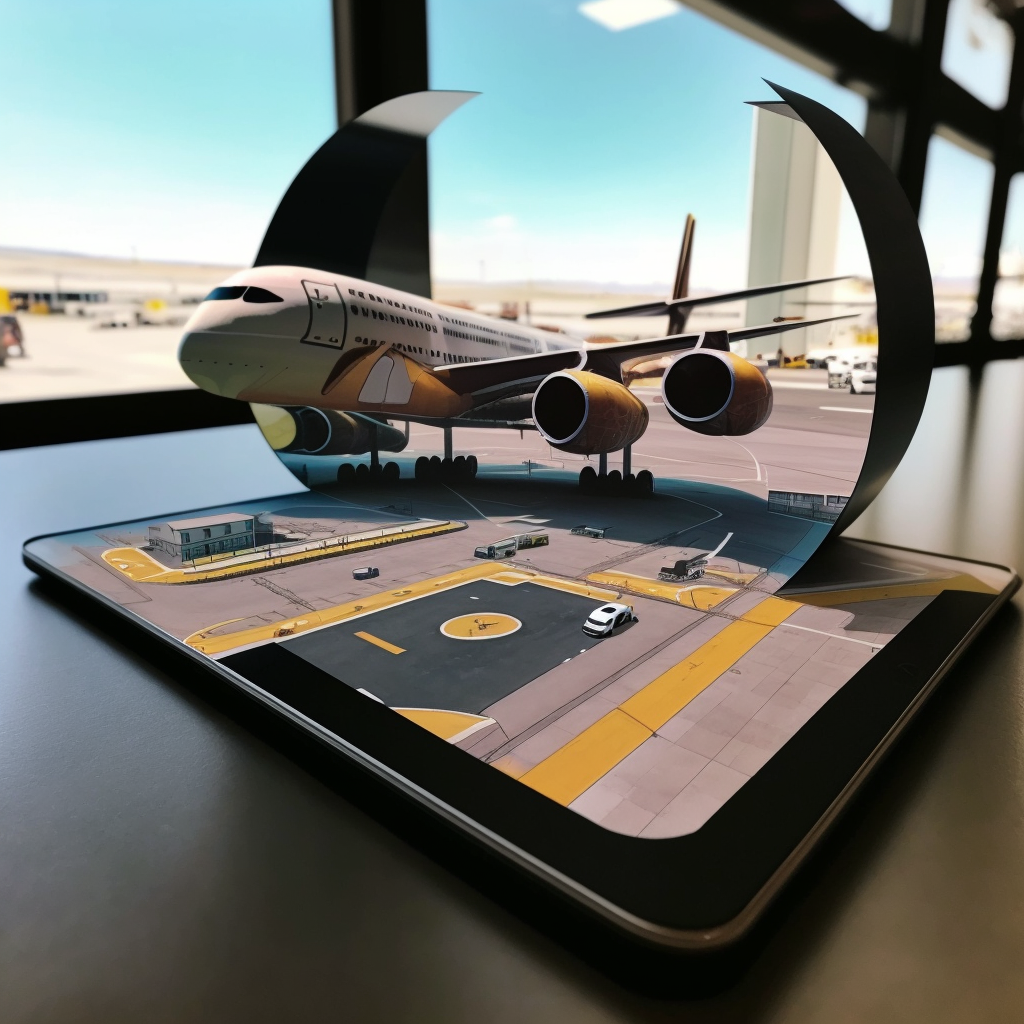Exploring the Potential of Digital Twins
Digital twins are virtual representations of physical systems, such as buildings, vehicles, robots, or machines. These CGI models undergo various tests to predict their behavior in different conditions and assess their performance over time. This is made possible through data collected from connected sensors embedded within these systems.
The concept of digital twins was first introduced by NASA in the 1960s. They utilized simulators to replicate the systems present on the Apollo 13 spacecraft and received real-time updates from the actual spacecraft in outer space. This allowed engineers to run simulations and troubleshoot issues, ultimately saving the mission from failure.
The advent of the Internet of Things (IoT) has greatly influenced the adoption of digital twins. Manufacturers can now share data between connected devices or machines and their digital twins. These virtual replicas are continuously updated to reflect real-time changes in the physical systems they represent.
Augmented Reality (AR) technology can enhance the digital twin experience by overlaying additional digital information onto real-world objects. This enables designers in various industries, such as vehicle manufacturing, aviation, and medical instruments, to simulate and visualize their creations before physical prototypes are produced. Companies like RealWear, Inc. offer rugged assisted reality devices that can be attached to helmets or safety glasses, allowing frontline workers to access and share information while keeping their hands free for work.
There are different types of digital twins that serve specific purposes:
- Smart City Simulators: Digital twins of smart cities use video cameras and AI to monitor parking, traffic flow, crime patterns, and more. Urban planners can leverage this data to improve city designs and optimize various systems such as street lighting, water supply, and sewage management. Dassault Systèmes, a French software company, has developed digital twins of cities, including Hong Kong, for walkability studies and simulations.
- Earth Simulation Twins: Digital twins can be used for climate modeling and predicting extreme weather events. Initiatives like the European Union's Destination Earth aim to create a digital simulation of the Earth at a 1 Km scale, using continuously updated observational data from climate, atmospheric, and meteorological sensors. This data can help assess drought risks, monitor environmental impacts, and support planning processes for renewable energy projects.
- Retail and Fulfillment: Digital twins play a crucial role in optimizing logistics and fulfillment processes. By creating virtual environments and running simulations, issues related to distribution and order fulfillment can be identified and addressed. Fulfillment centers equipped with AI-enabled cameras can improve product picking, packing, and overall efficiency. Real-time product recognition and robust data solutions are key to implementing intelligent stores and fulfillment centers.
Digital twins offer immense potential across various industries, allowing for improved planning, optimization of systems, and mitigation of risks. By harnessing the power of digital representations, organizations can make informed decisions and drive innovation in a rapidly evolving digital landscape.

